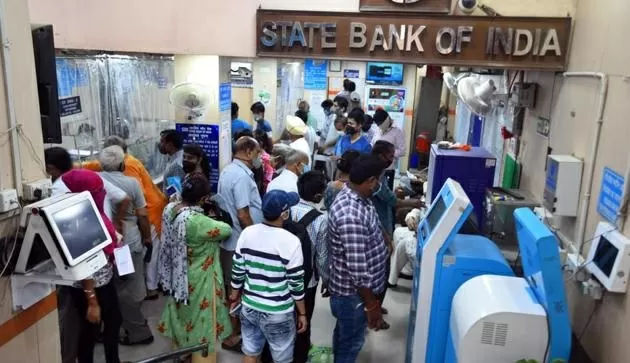State Bank of India (SBI), the country’s largest government bank, has restarted its Special Fixed Deposit Scheme. Those investing in this scheme will get interest at the rate of more than seven percent.
State Bank The name of this special FD scheme is Amrit Kalash Yojana. The bank has restarted this FD scheme. Earlier the bank had launched this retail term deposit scheme for a fixed period and it was available for investment from February 15, 2023 to March 31, 2023.
How much interest is being received?
According to SBI’s website, the bank will pay interest at the rate of 7.10 per cent on the 400-day special fixed deposit scheme ‘Amrit Kalash’. Apart from this, senior citizens will get interest at the rate of 7.60 percent under this. This scheme has been re-opened for investment from 12 April 2023 and this scheme is available for investment till 30 June.
Can take interest every month
Those investing in Amrit Kalash scheme can take interest on monthly, quarterly and half-yearly basis. Maturity interest on this special FD deposit will be deposited in the customer’s account after deducting TDS. TDS will be levied at the rate applicable under the Act of Income Tax. Premature and loan facility is also available in Amrit Kalash Yojana.
How much interest on investment of 1 lakh?
Suppose if a normal investor invests Rs 1 lakh under this scheme, then he will earn Rs 8,017 annually as interest. At the same time, senior citizens will get Rs 8,600 as interest. This scheme will mature in 400 days. That is, you have to invest under this scheme for 400 days. You can invest up to two crore rupees in Amrit Kalash Special FD. There is a provision for premature withdrawal of this scheme. Along with this, the facility of taking loan is also available.
Can invest online
According to the bank, there is no need for a separate product code to invest in the Amrit Kalash scheme. You can use SBI’s Yono banking app to invest in this scheme. Apart from this, you can also invest in this scheme by visiting the branch.
In the last financial year, the Reserve Bank had continuously increased the repo rate. After this, the banks of the country had increased the interest rates of their FD scheme. To make FD attractive, banks had also started a new scheme along with the increase in the interest rate.













